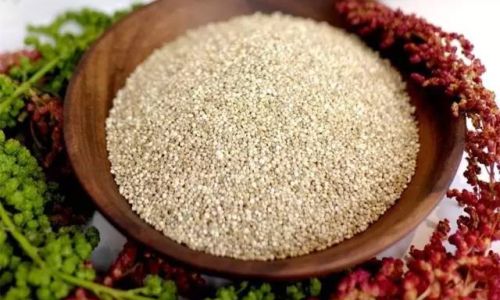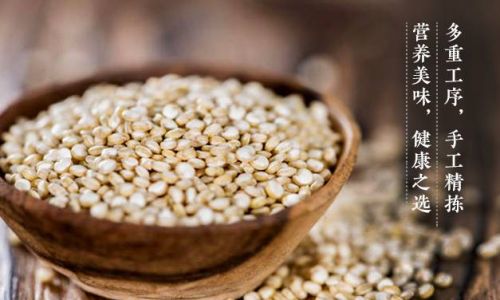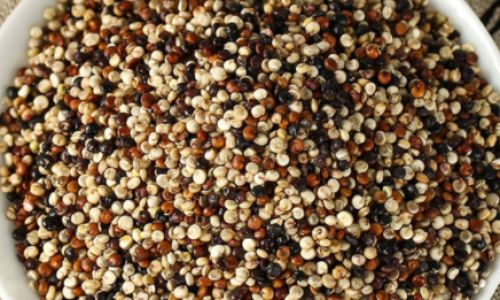Eggplant, a versatile and beloved vegetable in global cuisines, often sparks debate in kitchens worldwide: Should you peel it before cooking? This seemingly simple question opens a Pandora’s box of culinary traditions, nutritional science, and personal preference. While some chefs swear by the vibrant purple skin’s contribution to texture and flavor, others dismiss it as bitter or tough. This article delves into the pros and cons of peeling eggplant, exploring its nutritional value, culinary applications, and practical considerations to help you decide whether to embrace the skin or send it to the compost bin.
The Nutritional Powerhouse in Eggplant Skin
Eggplant skin is not merely a protective layer—it’s a nutrient-dense powerhouse. Studies suggest that the skin contains higher concentrations of antioxidants, fiber, and certain vitamins compared to the flesh. For instance, nasunin, a potent antioxidant found in eggplant skin, has been linked to brain health and anti-inflammatory properties. This compound gives the skin its deep purple hue and acts as a free radical scavenger, potentially reducing oxidative stress in the body.
Additionally, the skin is rich in dietary fiber, which aids digestion, promotes satiety, and stabilizes blood sugar levels. A 2018 study published in the Journal of Food Composition and Analysis highlighted that unpeeled eggplant contains up to 30% more fiber than peeled varieties. Fiber also supports gut health by nurturing beneficial bacteria, making the skin a valuable asset for digestive wellness.
Vitamins like vitamin K, found in the skin, play a critical role in blood clotting and bone metabolism. While the flesh contributes some nutrients, the skin amplifies these benefits. For those seeking maximum nutritional value, retaining the skin seems logical. However, balance is key: some individuals may struggle to digest the skin’s fibrous texture, leading to discomfort.

Culinary Considerations: Texture, Flavor, and Cooking Methods
The decision to peel eggplant often hinges on the dish being prepared. In recipes where the vegetable is grilled, roasted, or baked whole—such as in Mediterranean-style melanzane alla parmigiana or Middle Eastern baba ganoush—the skin acts as a protective barrier. It prevents the flesh from becoming mushy while allowing it to caramelize beautifully. The skin also imparts a subtle smokiness when charred, enhancing the dish’s depth.
Conversely, dishes like stir-fries, tempura, or stuffed eggplant rolls may benefit from peeling. Thin, delicate skins of younger eggplants (often labeled “Japanese” or “Chinese” varieties) are more palatable, but thicker skins of mature globes can become leathery when cooked quickly. Peeling here ensures a softer, more uniform texture that blends seamlessly with other ingredients.
Bitterness is another factor. Eggplant skin contains terpenes, compounds that can impart a slightly bitter taste. While modern breeding has reduced bitterness in many cultivars, older or heirloom varieties may retain it. Salting the eggplant before cooking (a technique called “degorging”) can mitigate bitterness, but peeling offers a more direct solution.
Safety and Digestibility: Myths vs. Facts
Rumors about eggplant skin causing digestive issues or toxicity persist, though they are largely unfounded. Eggplants belong to the nightshade family, which includes tomatoes and potatoes. Some nightshades contain alkaloids like solanine, which in excessive amounts can be harmful. However, the solanine levels in eggplant skin are negligible—far below the threshold to pose health risks.
That said, individuals with irritable bowel syndrome (IBS) or sensitive stomachs may find the skin’s fiber content challenging. In such cases, peeling or opting for smaller, tender eggplants with thinner skins could alleviate discomfort.
Cultural and Traditional Practices
Culinary traditions worldwide offer conflicting advice. In Italian cuisine, eggplant is rarely peeled; dishes like caponata rely on the skin’s structural integrity. Similarly, Turkish imam bayildi (stuffed eggplant) retains the skin for both flavor and presentation. Conversely, some Asian recipes, such as Japanese nasu dengaku (grilled eggplant with miso glaze), may partially score or peel the skin to allow flavors to penetrate without removing it entirely.

In India, where eggplant is a staple, recipes vary: baingan bharta (smoky mashed eggplant) often keeps the skin for texture, while brinjal curry might peel it for a smoother consistency. These practices reflect regional preferences rather than strict rules, emphasizing flexibility.
Environmental Impact: Reducing Food Waste
Peeling eggplant contributes to food waste, a pressing global issue. The skin, though edible, often ends up in compost bins or landfills. By using the entire vegetable, home cooks can minimize their environmental footprint. Additionally, buying organic or locally grown eggplants reduces pesticide exposure, making the skin safer to consume without thorough scrubbing.
Practical Tips for Cooking with Eggplant Skin
- Choose Wisely: Select young, firm eggplants with glossy, unblemished skin. Older vegetables may have tougher skins and more seeds.
- Salt Strategically: Sprinkle sliced eggplant with salt and let it sit for 30 minutes to draw out moisture and bitterness. Rinse and pat dry before cooking.
- Cook Low and Slow: Roasting or grilling at lower temperatures softens the skin without charring it excessively.
- Embrace Texture: Pair unpeeled eggplant with creamy ingredients (like tahini or yogurt) to balance its chewiness.
- Peel Selectively: If peeling, use a vegetable peeler to remove stripes, creating a striped effect that retains some fiber while reducing bitterness.
When Peeling Makes Sense
- Bitter Varieties: Heirloom or wild eggplants may have pronounced bitterness.
- Quick Cooking: Stir-fries, sautés, or fritters require tender textures.
- Aesthetic Appeal: Peeled eggplant can create a sleek, uniform look in dishes like ratatouille.
- Sensitivities: For those with digestive issues, peeling ensures easier consumption.
The Verdict: A Matter of Context
The debate over peeling eggplant lacks a one-size-fits-all answer. Nutritionally, the skin offers clear advantages, but culinary and personal factors must weigh in. If you prioritize fiber, antioxidants, and rustic texture, keep the skin. If bitterness, toughness, or dietary restrictions concern you, peeling is justified.
Ultimately, experimentation is key. Try cooking the same dish with and without the skin to discern your preference. As culinary trends shift toward zero-waste cooking and whole-food nutrition, the case for unpeeled eggplant grows stronger. Yet, tradition and taste buds remain sovereign. Whether you savor the skin’s earthy charm or prefer the flesh’s silken embrace, the humble eggplant invites creativity—peel or no peel, it’s a kitchen champion.





0 comments